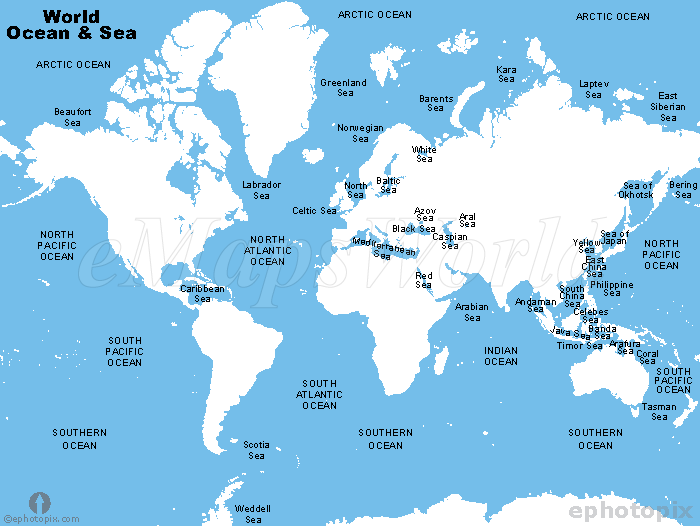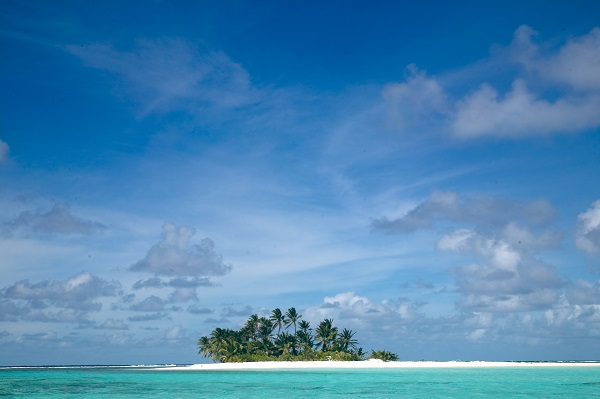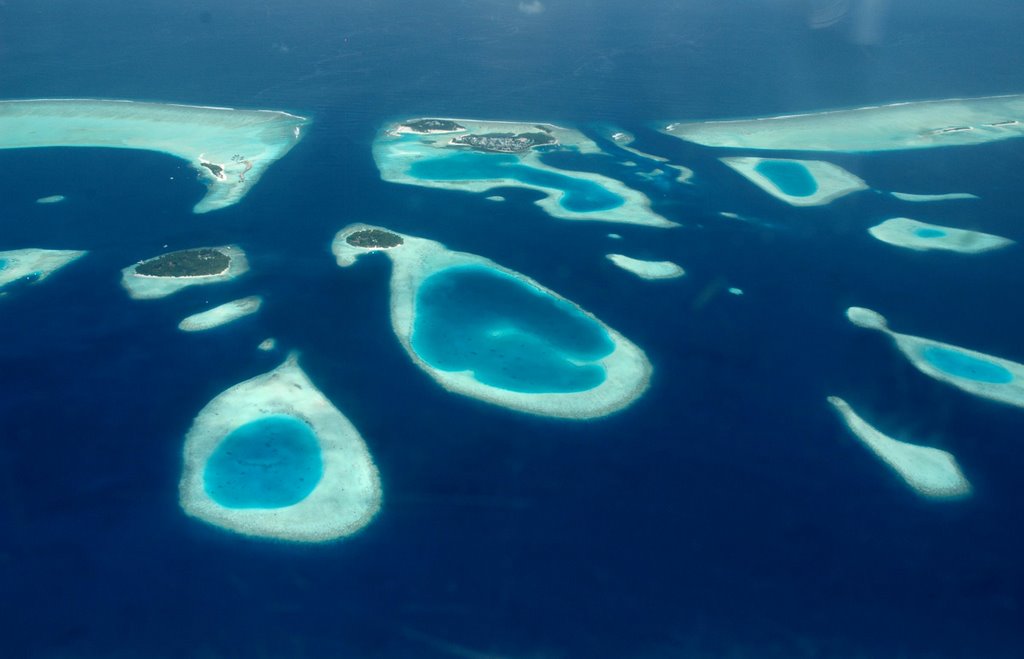SEA
A sea is a large body of salt water that is surrounded in whole or in part by land. The continuous body of salt water covering most of the earth's surface, the Sea is an essential aspect of human trade, travel, mineral extraction, and power generation.

Under the Sea
On the beds of oceans and seas there are mountain chains, volcanoes, valleys and deep chasms. The Continental Crust is connected to the ocean by the Continental Shelf, a band of rock which surrounds all the continents, to a maximum depth of 3000m. This is where the abyssal plain begins, with volcanoes, ocean trenches and ocean ridges. Each ocean ridge matches the edges of two tectonic plates.

Why is Sea water Salty?
The water of the oceans and the seas are rich in mineral salts and especially sodium chloride, which is the salt used in cooking.
Although the vast majority of seawater has a salinity of between 3.1% and 3.8%, seawater is not uniformly salty throughout the world. Seawater can be substantially less saline, where mixing occurs with fresh water, runoff from river mouths or near melting glaciers.
The most saline open sea is the Red Sea, where high rates of evaporation, low precipitation and river inflow, and confined circulation result in unusually salty water.
"Water, water, everywhere,
And all the boards did shrink;
Water, water, everywhere,
Nor any drop to drink."
From Samuel Taylor Coleridge's The Rime of the Ancient Mariner.

source:internet
Accidentally consuming small quantities of clean seawater is not harmful, especially if the seawater is taken along with a larger quantity of fresh water. Although humans cannot survive on seawater.
Under Sea Earthquake
An undersea earthquake is an earthquake which happens at the bottom of an ocean. This creates enormous sea waves called Tsunami which travel at speeds reaching over 700 km per hour. Near the coast, these sea waves reach heights of about 30m high and break on the shore.
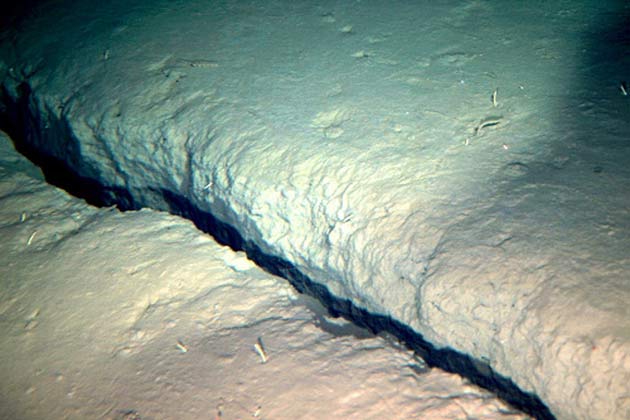 source: internet
source: internet
If an earthquake ruptures all the way to the seafloor, then part of the seafloor will be raised or lowered.
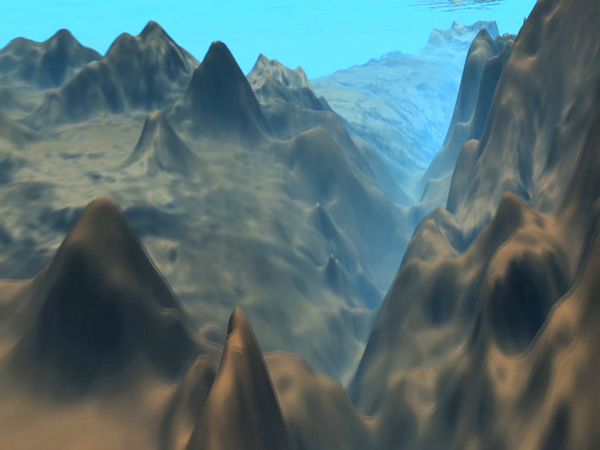
Deppest trench: Mariana Trench.
source: internet
